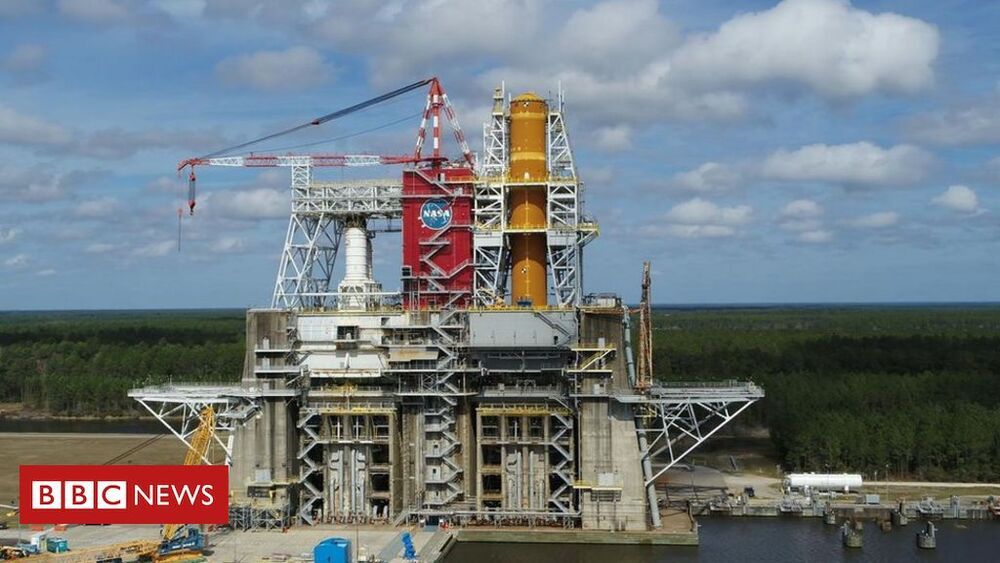They will cost $17,500 and start fulfilling orders in March.


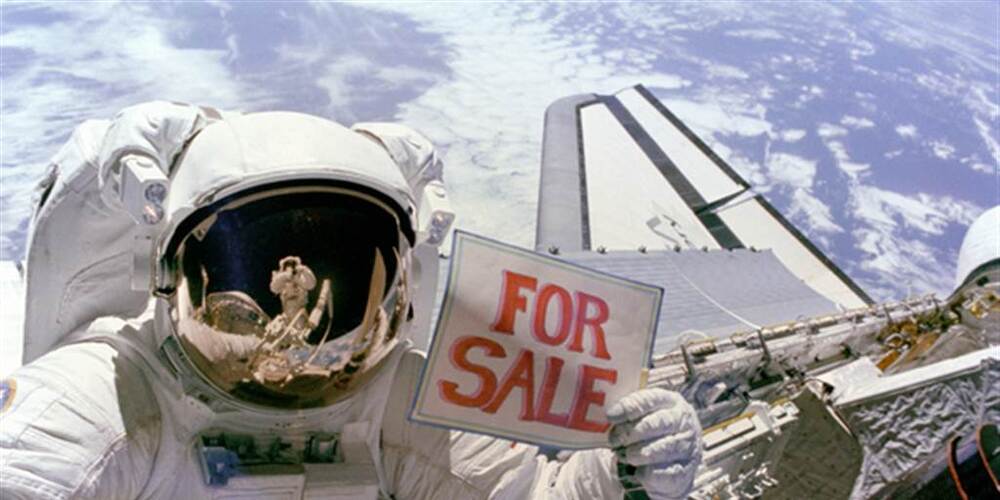
NASA scientists and their colleagues are now proposing corporate financing for a human mission to Mars. This raises the prospect that a spaceship named the Microsoft Explorer or the Google Search Engine could one day go down in history as the first spaceship to bring humans to the Red Planet.
The proposal suggests that companies could drum up $160 billion for a human mission to Mars and a colony there, rather than having governments fund such a mission with tax dollars.
Joel Levine, a senior research scientist at NASA Langley Research Center, was quoted in a release in the Journal of Cosmology by Dr. Rhawn Joseph. The plan covers “every aspect of a journey to the Red Planet — the design of the spacecrafts, medical health and psychological issues, the establishment of a Mars base, colonization, and a revolutionary business proposal to overcome the major budgetary obstacles which have prevented the U.S. from sending astronauts to Mars,” said Levine.

Commercial spaceflight companies are preparing to enter a new market: suborbital flights from one place to another on Earth. Aiming for fast transportation for passengers and cargo, these systems are being developed by a combination of established companies, such as SpaceX and Virgin Galactic, and new ones like Astra.
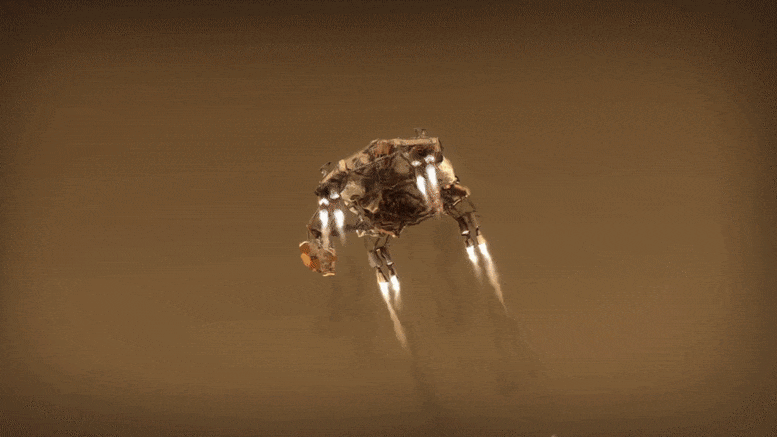
After nearly 300 million miles (470 million km), NASA ’s Perseverance rover completes its journey to Mars on February 18, 2021. But, to reach the surface of the Red Planet, it has to survive the harrowing final phase known as Entry, Descent, and Landing.
The mission uses technological innovations already demonstrated successfully, especially for entry, descent, and landing (EDL). Like NASA’s Curiosity rover (, the Mars 2020 spacecraft uses a guided entry, descent, and landing system. The landing system on Mars 2020 mission includes a parachute, descent vehicle, and an approach called a “skycrane maneuver” for lowering the rover on a tether to the surface during the final seconds before landing.

In October, NASA announced the first selection of a scientist to conduct research aboard a commercial spaceflight mission. I am that scientist, and I will be flying aboard Virgin Galactic’s Spaceship 2.
On that flight, which will reach altitudes over 300, 000 feet, I’ll be conducting experiments to further both astronomy and space life sciences.
This is a game-changing move by NASA. Why? Because it represents a normalizing of research in space to be more like other research disciplines, such as field geology, oceanography and volcanology, where researchers do their work themselves in the field, rather than designing, building and testing robots to go in their stead. The end result of this important evolution will be beneficial in many ways.
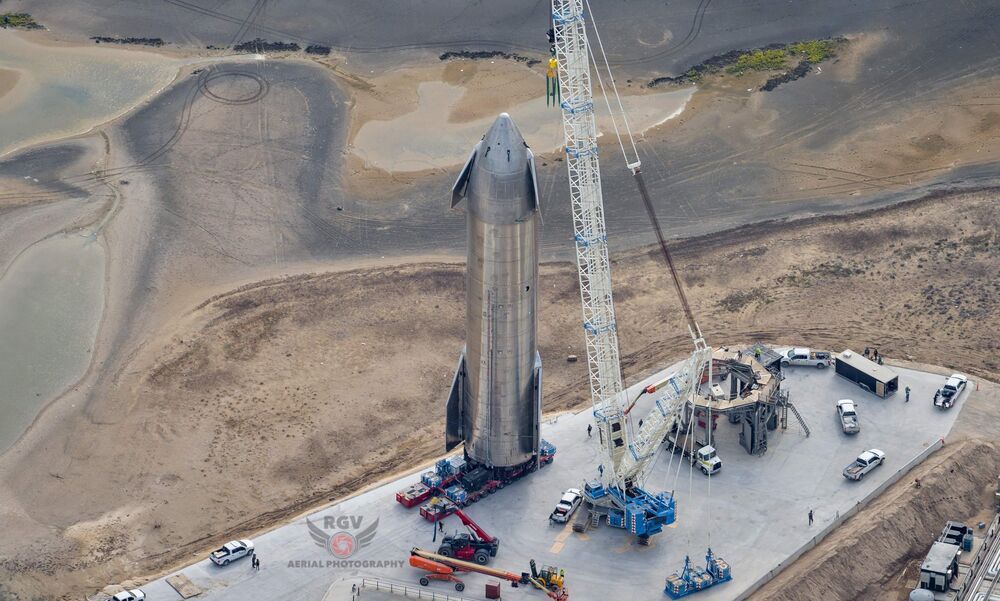
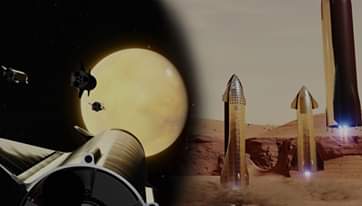
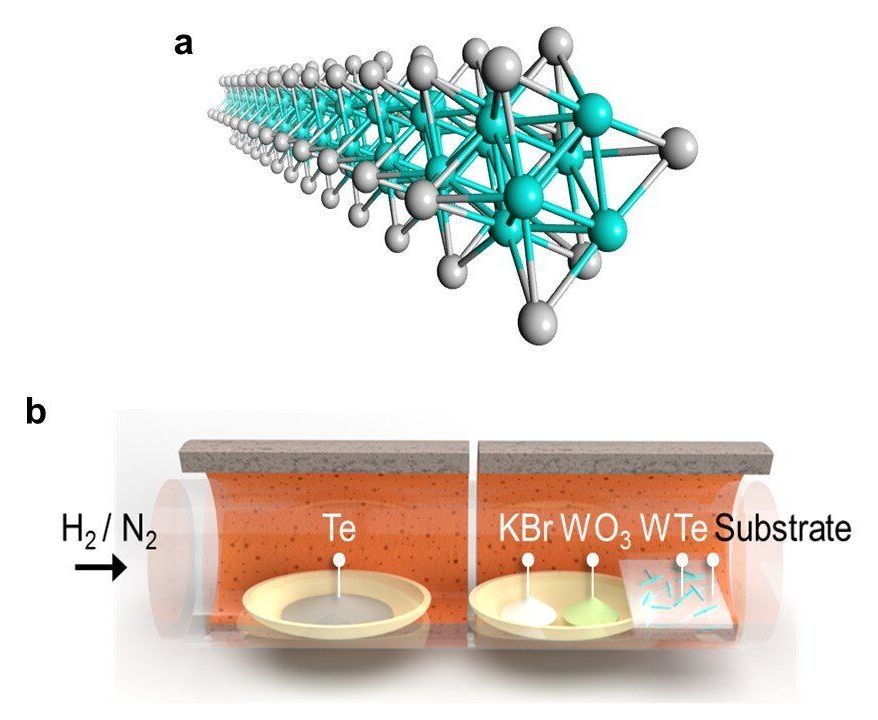
Researchers from Tokyo Metropolitan University have discovered a way to make self-assembled nanowires of transition metal chalcogenides at scale using chemical vapor deposition. By changing the substrate where the wires form, they can tune how these wires are arranged, from aligned configurations of atomically thin sheets to random networks of bundles. This paves the way to industrial deployment in next-gen industrial electronics, including energy harvesting, and transparent, efficient, even flexible devices.
Electronics is all about making things smaller—smaller features on a chip, for example, means more computing power in the same amount of space and better efficiency, essential to feeding the increasingly heavy demands of a modern IT infrastructure powered by machine learning and artificial intelligence. And as devices get smaller, the same demands are made of the intricate wiring that ties everything together. The ultimate goal would be a wire that is only an atom or two in thickness. Such nanowires would begin to leverage completely different physics as the electrons that travel through them behave more and more as if they live in a one-dimensional world, not a 3D one.
In fact, scientists already have materials like carbon nanotubes and transition metal chalcogenides (TMCs), mixtures of transition metals and group 16 elements which can self-assemble into atomic-scale nanowires. The trouble is making them long enough, and at scale. A way to mass produce nanowires would be a game changer.
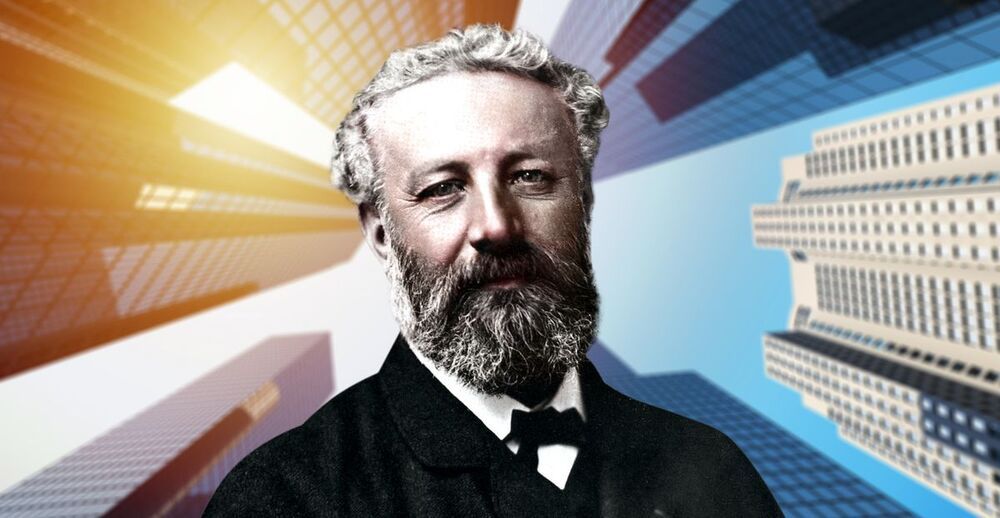
Perhaps we need to pay Sci-Fi novels more heed-but which ones?
Nearly 150 years ago, Jules Verne penned a book with remarkably accurate predictions about the world of today. That book, however, was rejected and not brought to light until 1994.
Paris In The 20th Century is a posthumous work by Jules Verne, the legendary writer and traveler. Many consider him the “Father of Science-Fiction” via books such as Twenty Thousand Leagues Under The Sea, Journey To The Centre of the Earth and From The Earth To The Moon. Back To The Future fans will no doubt remember Doc Brown’s passion for the author’s prolific output.
A major appeal of Jules Verne was his ability to make predictions about the future. Paris In The 20th Century, submitted to publisher and mentor Pierre-Jules Hetzel in 1863, was no different. In 2014, The Architectural Review covered the novel, whose predictions included “gas-fueled vehicles that travel on asphalt roads, electric streetlights and, more ominously, indeed chillingly, the electric chair.”
